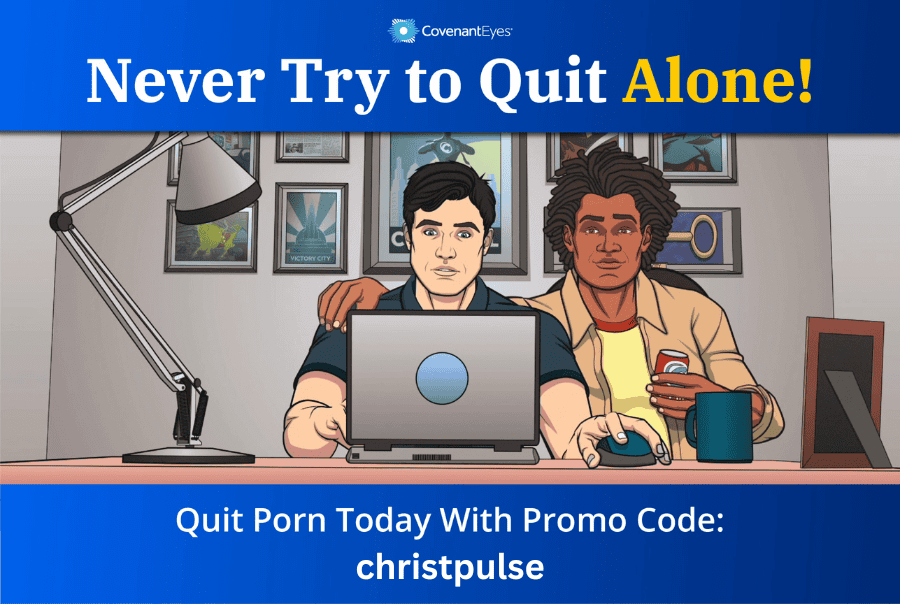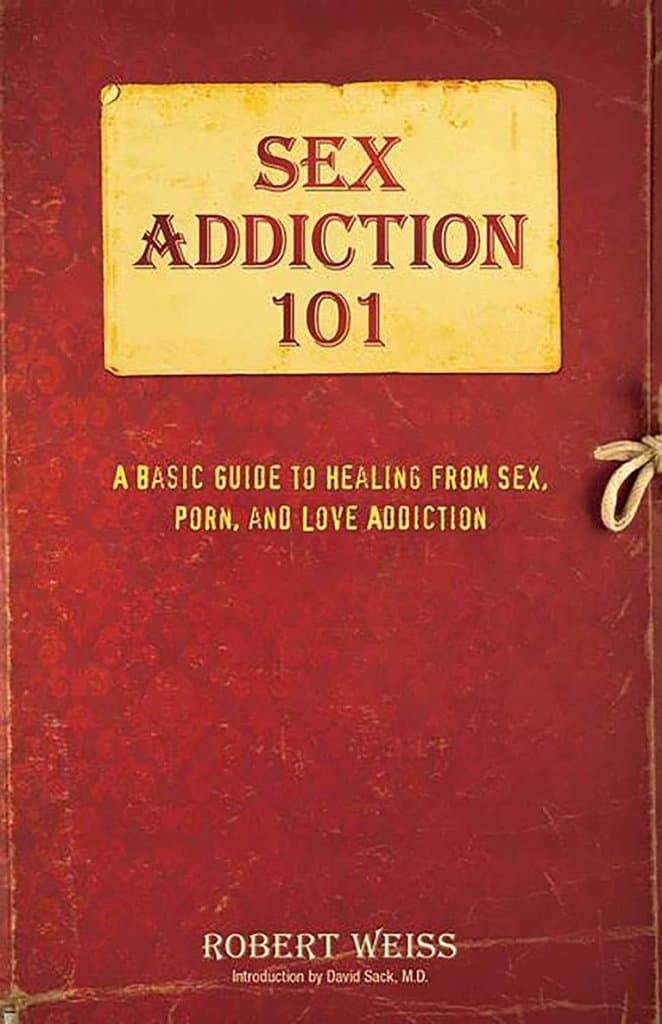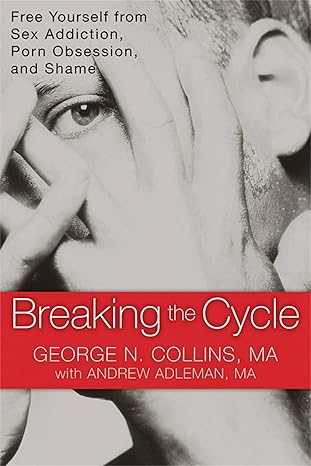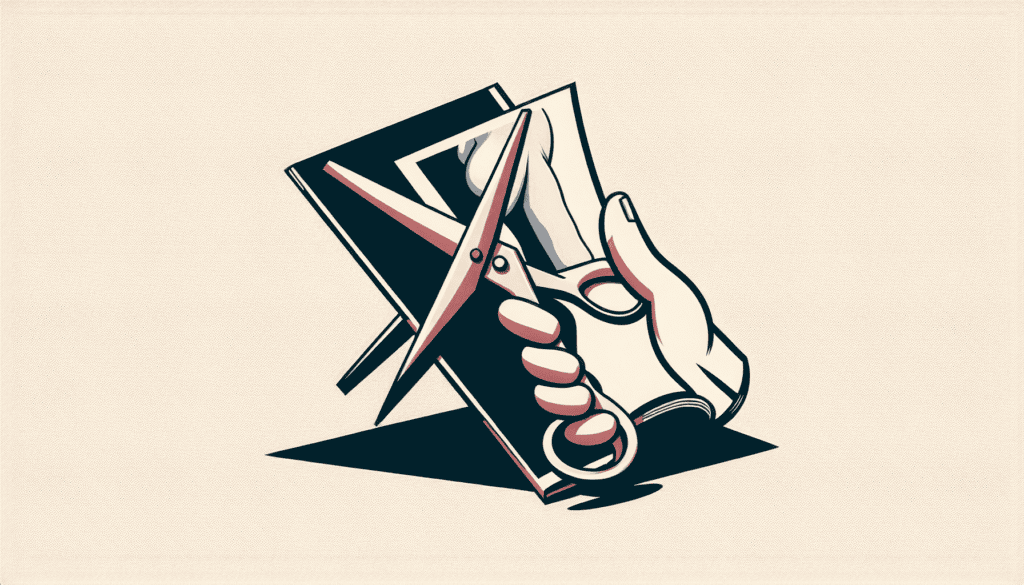Understanding Trauma Recovery
Recovering from trauma, especially when linked to porn addiction, is like piecing together a puzzle. It’s about managing symptoms and exploring different therapies. Here, we’re breaking down how long symptoms might stick around and what kinds of therapy could help.
Symptom Management and Duration
Trauma symptoms can hang around for days to a few months. As folks unpack troubling events, these feelings tend to ease up. Even during the healing process, reminders like significant anniversaries might kick up old emotions.
If these feelings linger or get worse, it could be a sign of Post-Traumatic Stress Disorder (PTSD). PTSD can leave someone feeling stuck, making it hard to shake off the shock and make sense of what happened.
| Symptom Duration | Description |
|---|---|
| Days to Months | Timeframe for trauma symptoms to die down. |
| Ongoing Issues | Possible indication of PTSD if feelings get worse. |
Trauma Therapy Approaches
Sorting through trauma means dealing with unpleasant memories, letting go of bottled-up stress, calming wild emotions, and learning to trust others again. There’s no one-size-fits-all; different therapies can help with this process:
- Cognitive-Behavioral Therapy (CBT): This is like a mental workout. It helps people spot and change unhelpful thought and behavior patterns.
- Somatic Experiencing: Focuses on being in tune with the body and its sensations to help ease trauma.
- Eye Movement Desensitization and Reprocessing (EMDR): Uses guided eye movements to help reprocess distressing memories, making them easier to deal with.
Choosing the right therapy can make a world of difference in feeling better emotionally. For more on what you can expect in terms of recovery and timing, check out our pieces on what is real recovery like time-wise? and how long does it take to recover?.
Wrapping it up, understanding how trauma symptoms progress and knowing the therapy options can guide those on the road to recovery from porn addiction. Using these strategies with supportive help can create a positive space for long-term healing.
Mental Health Support for Trauma
Getting back on track after going through trauma often leans heavily on mental health support. How a therapist works with someone and the approach they take are big pieces of the puzzle.
Getting Real with Your Therapist
Building a solid connection with your therapist is huge for bouncing back. It’s all about trust, where you can spill your guts and feel safe doing it. It’s that safe space where the tough stuff can get unpacked.
There are different ways to get that connection going. Think of it like picking your favorite therapy flavor—whether it’s somatic experiencing, cognitive behavioral therapy, or Eye Movement Desensitization and Reprocessing (EMDR)—these methods can be gold for working through trauma (HelpGuide). But at the end of the day, it’s the “click” you have with your therapist that makes the magic happen.
Getting over trauma isn’t easy and doesn’t happen overnight. It’s vital to hook up with a therapist who really gets the trauma gig. Feeling at ease with your therapist is the ticket to healing. If you want more on staying in the sobriety zone, check out our article on what is the key to longer-lasting sobriety?.
Tackling Post-Traumatic Stress
Taking on PTSD is a big part of dusting yourself off after trauma. It’s all about facing the memories, the feels, and the physical stuff that come with it. Getting some professional backup through therapy or joining groups where folks swap stories and have each other’s backs can really help.
Healing isn’t just about thinking back—it’s about riding out those emotions and letting go of that locked-up energy from the “fight or flight” reflex (HelpGuide). Grabbing some professional help might be needed if things stick around or start to get worse. Therapy steps in as a safe spot to deal with those heavy memories, helping cut down the weight PTSD can have on you.
If you’re after tips on staying driven during recovery, swing by our article on how to maintain the motivation for recovery?.
Celebrating Recovery Milestones
The Importance of Milestones
Marking recovery milestones is a big deal for folks trying to break free from porn addiction. These little celebrations show how far someone’s come and the hurdles they’ve jumped over on their way to a better life. It ain’t just about the warm and fuzzies—seeing these successes lets others know it’s doable and can shine some hope into those tough spots.
Milestones come in all shapes and sizes—whether it’s making it through that first tough week or hitting a year of being clean. Each step brings a jolt of achievement that ramps up someone’s determination to keep going. Here’s a quick look at what those steps might be:
| Milestone | What’s Happening |
|---|---|
| 1 Week | Keeping it clean and getting into the groove. |
| 1 Month | Spotting some real changes and clearer thoughts. |
| 3 Months | Building up ways to handle things and leaning on support. |
| 6 Months | Knowing yourself better and tackling triggers with more swag. |
| 1 Year | Looking back at all the big changes and giving yourself a high five. |
Keeping the Pep in Your Step
Seeing how far you’ve come is a big motivator when you’re kicking old habits to the curb. By celebrating these wins, you’re reminded of the journey, and that reminder sparks a bit of pride and thankfulness for how much you’ve grown.
Why not add some extra flair by rewarding yourself? It could be as simple as a day off, diving into that hobby you love, or indulging in a comforting treat. It gives those milestones a bit of flavor and makes the success feel even sweeter.
Sharing your wins with your tribe—maybe it’s family, friends, or a group you’re part of—amps up the accountability and turns it into a shared celebration. Everyone gets in on the cheer, making the whole process feel like a team effort. For those looking to keep their mojo up during recovery, take a peek at how to maintain the motivation for recovery.
Each milestone isn’t just a checkmark on a list. It’s paving the road to becoming the better version of yourself, and every step counts as a triumph. So here’s to taking every single one with pride and joy!
Healing from Trauma
Making peace with trauma isn’t a walk in the park. It often calls for a helping hand from the pros. Wrapping your head around those haunting memories and feelings is key to bouncing back, whether you’re dealing with porn addiction or other life hurdles. Let’s see how experts can be your guides on this road to recovery, offering handy tips on handling those pesky flashbacks.
Professional Help in Recovery
When it comes to tackling trauma, a bit of expert advice can make all the difference. The road to healing is never a straight line, and it can get pretty rough if the memories keep taunting you.
That’s when calling in a trauma guru might be your best bet. Make sure to team up with a therapist who knows the ropes of trauma care and makes you feel as comfortable as your favorite old chair.
There are a bunch of therapy styles out there that can really help shake things up, focusing on easing those awful memories, getting rid of that bottled-up fight-or-flight energy, and learning to keep those wild emotions in check. Check out these popular picks:
| Therapy Approach | What’s It About? |
|---|---|
| Somatic Experiencing | Tuning into your body’s cues and letting go of muscle tension. |
| Cognitive-Behavioral Therapy (CBT) | Kicking negative thoughts to the curb and opening the door to better habits. |
| Eye Movement Desensitization and Reprocessing (EMDR) | Calming down scary memories using guided eye movements. |
Getting stuck into therapy can work wonders for your emotional health and give you a sense you’re on the up. Test the waters with different methods until you land on the one that feels like home.
Coping with Traumatic Memories
Jogging your memory about those tough times can feel like opening Pandora’s box, often packed with a big, messy bundle of emotions. But, tackling these memories head-on, somewhere safe, is a big step in your healing dance.
Here’s a few tricks to help you handle the memory rodeo:
- Journaling: Get those thoughts and feelings out on paper, make sense of your inner chaos, and maybe even share a few lightbulb moments.
- Mindfulness Practices: Whether it’s zoning out with meditation or just taking a big, slow breath, these tricks can help anchor you when memories try to sweep you away.
- Support Groups: Sometimes there’s nothing like sharing war stories with folks who’ve walked a mile in your shoes; it just plain feels good to know you’re not alone.
If those memories keep haunting you and signs of PTSD are knocking at your door, getting a pro’s help is a smart move.
As you’re finding your feet on this journey, having a plan to calm your emotional triggers and build resilience could be a lifesaver. Resources like what are some helpful resources or support systems for recovery? are out there to make your trek a touch smoother.
Recovery from Substance Abuse
Emotional Well-Being in Recovery
When it comes to beating addiction, how you’re feeling inside makes a big difference, especially with struggles like porn addiction. Experts say folks who’ve got their emotions in check often do better in bouncing back and staying sober (New Horizons Centers). So, it’s pretty clear—looking after how you’re doing emotionally is key when you’re trying to get your life back on track.
Finding your emotional footing means trying out stuff that boosts your inner strength. You can dive into mindfulness, kick back with some meditation, or talk it out with a therapist. Plus, tapping into support groups, whether they’re in-person or online, gives you a bunch of people who’ve been there and done that.
| Emotional Well-Being Tips | What It Does |
|---|---|
| Mindfulness Meditation | Keeps you in the now, easing stress and worry. |
| Therapy | Offers expert help to tackle any mental health hurdles. |
| Support Groups | Builds a sense of community, sharing, and support. |
If you want more tips on feeling good emotionally, check out our take on what’s the secret to longer-lasting sobriety?.
Managing Cravings and Progress
Handling those pesky cravings is a big piece of the puzzle when you’re steering clear of porn addiction. It helps to remember that cravings are normal and part of the battle. Figuring out your triggers and coming up with ways to deal with them is super important.
Here’s how to keep cravings at bay:
- Cognitive Behavioral Techniques: Shifting how you think about cravings can help you react more positively.
- Physical Activity: Getting active kicks out some feel-good chemicals, which can make cravings fade away.
- Diverse Hobbies: Picking up new pastimes can keep you occupied and away from old habits.
Keeping track of how you’re doing matters too. Noticing each small win pumps up your drive to stay clean and reminds you of how tough you really are (All Points North).
| Craving Busters | What They Offer |
|---|---|
| Cognitive Behavioral Techniques | Reworks those pesky negative thoughts. |
| Physical Activity | Boosts your mood with natural happy vibes. |
| Hobbies | Keeps you busy in a good way, steering you from cravings. |
Knowing the steps of recovery helps tame those cravings. Being aware of your progress, leaning on support, and sticking with coping tactics can seriously upgrade your recovery trip. Need more pointers on how recovery unfolds? Peek at our piece on what’s real recovery like time-wise?.
Identifying and Addressing Abuse
Getting a grip on abuse is a big step for folks trying to kick a porn habit. Spotting the different kinds of abuse and knowing their warning signs plays a big part in bouncing back.
Types and Indicators of Abuse
The Care and Support Statutory Guidance points out ten kinds of abuse you should know about:
- Physical Abuse: Bruises that don’t add up, absences that do.
- Domestic Violence: Fear-creep from your partner, or the iron fist of control.
- Sexual Abuse: Sketchy behaviors out of nowhere, and trauma that whispers.
- Psychological or Emotional Abuse: Going ghost, feeling anxious, or self-worth going on vacation.
- Financial Abuse: Bank accounts acting funny or someone messing with your money.
- Modern Slavery: Isolation, trembling at uniforms.
- Discriminatory Abuse: Picking on someone just for being themselves.
- Organizational or Institutional Abuse: Care that doesn’t care, support missing in action.
- Neglect and Acts of Omission: Places that smell wrong and empty fridges.
- Self-Neglect: Ignoring hygiene, health out the window.
Spotting abuse ain’t always straightforward—it’s like reading between the lines. One sign isn’t enough, but it sure deserves a closer look.
| Type of Abuse | Possible Indicators |
|---|---|
| Physical Abuse | Unexplained injuries, frequent no-shows |
| Domestic Violence | Being controlled, fear of a partner |
| Sexual Abuse | Odd sexual behavior, signs of trauma |
| Psychological/Emotional Abuse | Being withdrawn, anxiety, low self-esteem |
| Financial Abuse | Sudden shifts in money matters |
| Modern Slavery | Feeling isolated, scared of authorities |
| Discriminatory Abuse | Getting targeted for who they are |
| Institutional Abuse | Lack of care, dodgy support |
| Neglect and Acts of Omission | Filth, malnourishment |
| Self-Neglect | Bad hygiene, ignoring health |
Safeguarding Practices and Awareness
Making folks feel safe is the first step in combing through the mess of abuse. Nailing down safeguarding practices means taking steps before something hits the fan.
- Learn the Ropes: Getting clued up on abuse signs and the messy realities around them helps. Training programs and e-learning from groups like SCIE can really up your game in knowing safeguarding.
- Speak Up: If you sniff out abuse, let the right folks know—those who can dig deeper into what’s really going on.
- Build Strong Ties: Get people talking in relationships and communities to keep abuse out of the picture.
- Push for Power: Give those in tight spots the lowdown on their rights and where to find support.
For folks working through porn addiction, digging into any abuse issues is key to kicking the habit for good. Understanding these hurdles clears the path to better relationships and a stronger road to recovery.








![Your Brain on Porn [Book Review]](https://christpulse.com/wp-content/uploads/2024/09/611TBbtqJYL._SL1360_-663x1024.jpg)




